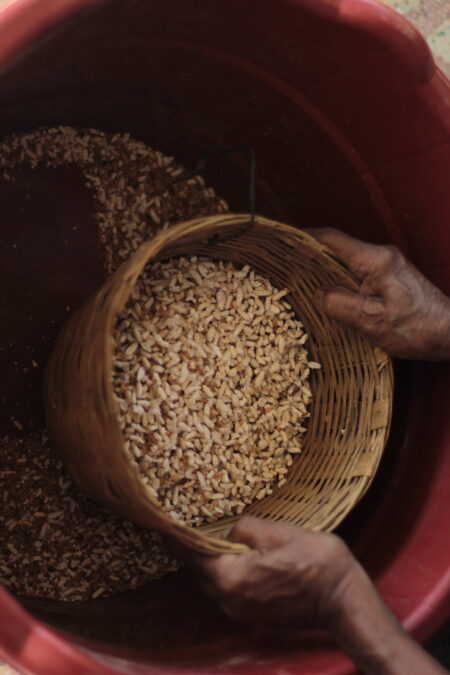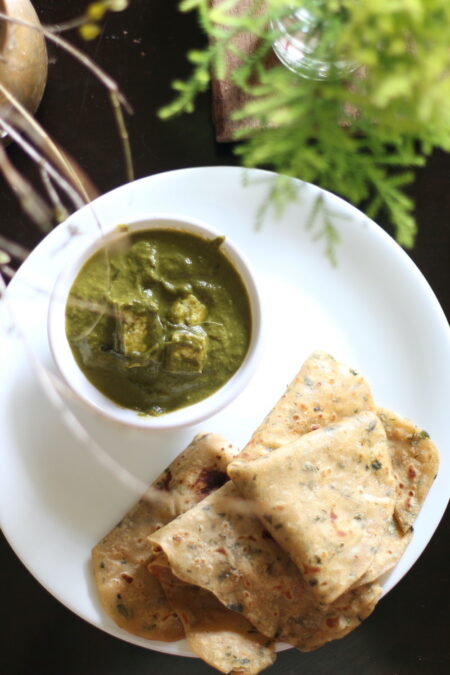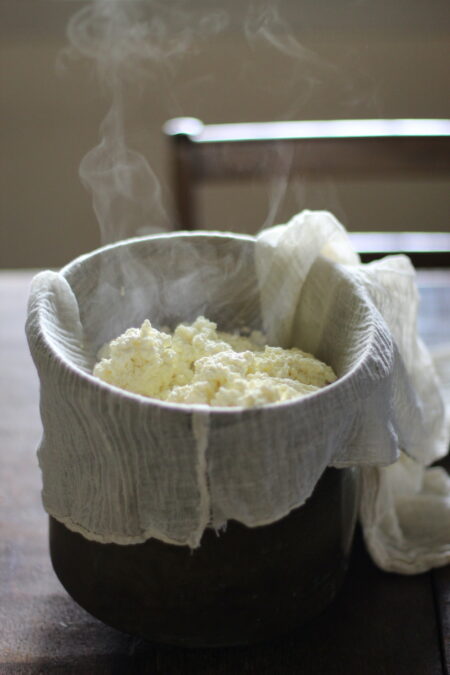I’ve been persistently trying ways to teach little Krishna about herbs and shrubs from our garden, which is a part of his subject in his school. Apparently in my garden, to add more to Krishna’s bewilderment, some trees look like shrubs and certain shrubs have grown into trees. Our Chakramuni or the Katuk shrub or tree, whatever a botanist might argue for and name it, has talled up, which I’ve been trying to trim after every high wind/storm.
Igrew two of these plants at home, and they say it takes two of these shrubs to make the flowers pollinate and produce fruit. We got little flowers and then fruits too from these twin shrubs last year. To recall, I was such a tired pregnant lady then, making a beautiful girl bunny, trying to resolve the tantrums of a curious little boy at home amidst the lockdowns and online coaching classes, I could barely manage to share a picture or a line or two about this pretty shrub and its pretty offerings.

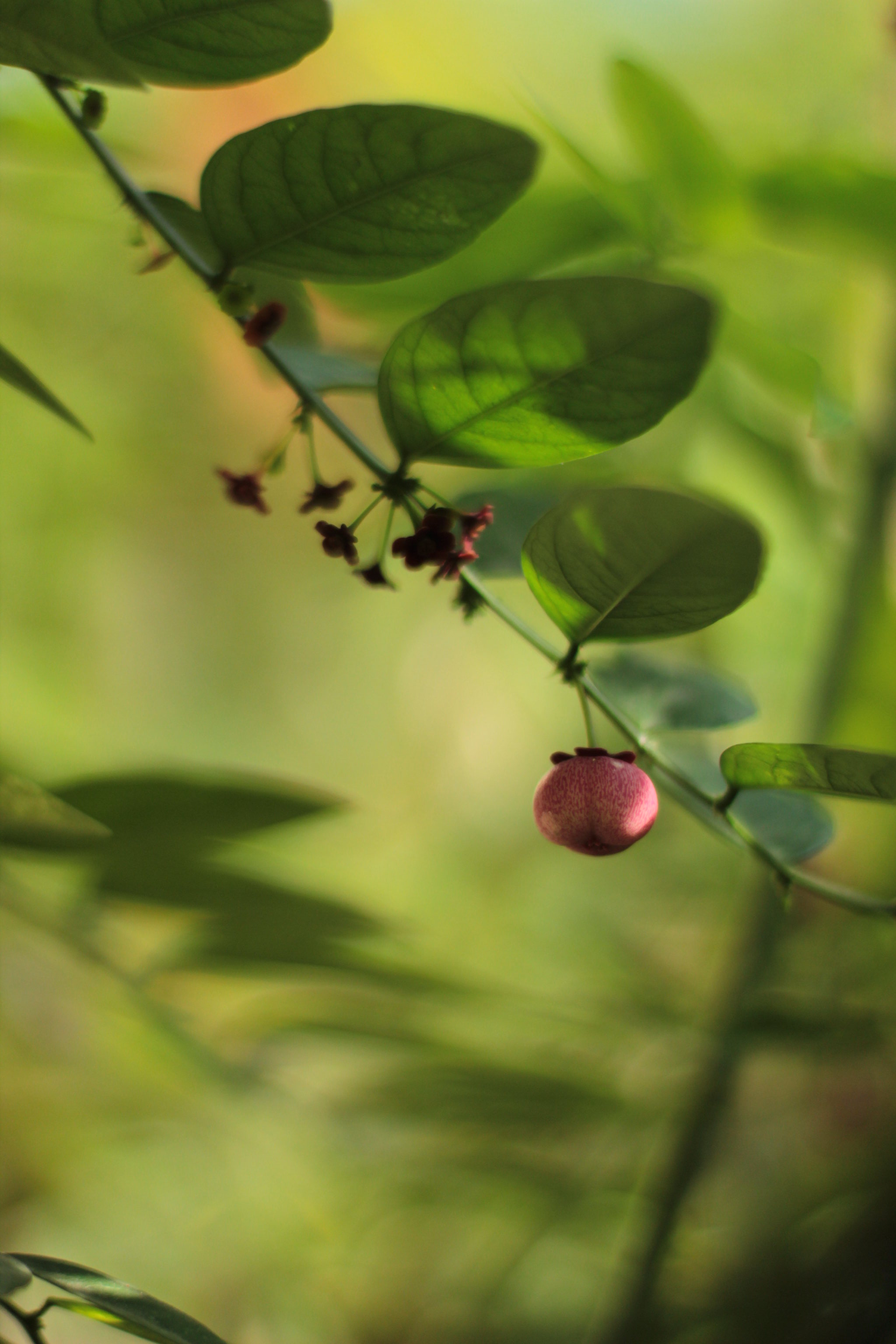

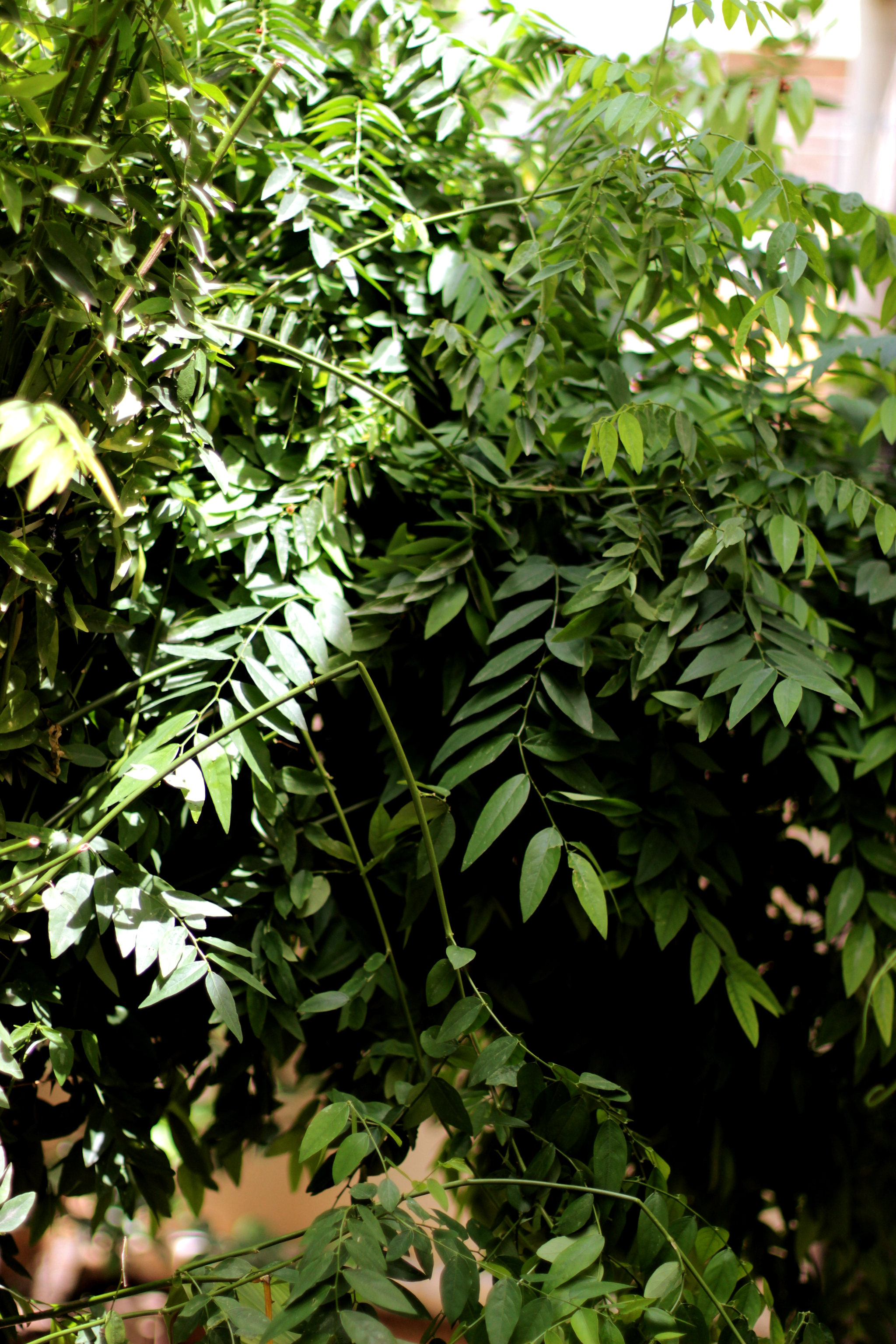
As a multivitamin source of food, this makes one of the very earthy tasting parrot green thambuli, a beautiful looking Chutney and Pathrode. The colors of the pureed leaves can be so enticing, that you’d want to add more and cook more to add more nutrition, but hey, that could be too much of papaverine for you, so never go over board with the leaves. Chakramuni leaves need to be thoroughly cooked before consumption and I think it isn’t a good idea it to be chewed raw.
With my shrubs, the flowering has begun and when it starts fruiting, its a beautiful sight to watch pretty pink gooseberry sized bulbs hanging all over the shrub. Our shrub has been tossed and turned around several times owing to the nasty winds we had last year. Hence the flowering has cut back and delayed by almost a long time. But this gorgeous green dieback peren, still grew and bounced back into a more bushier leafy shrub making food available all round the year.
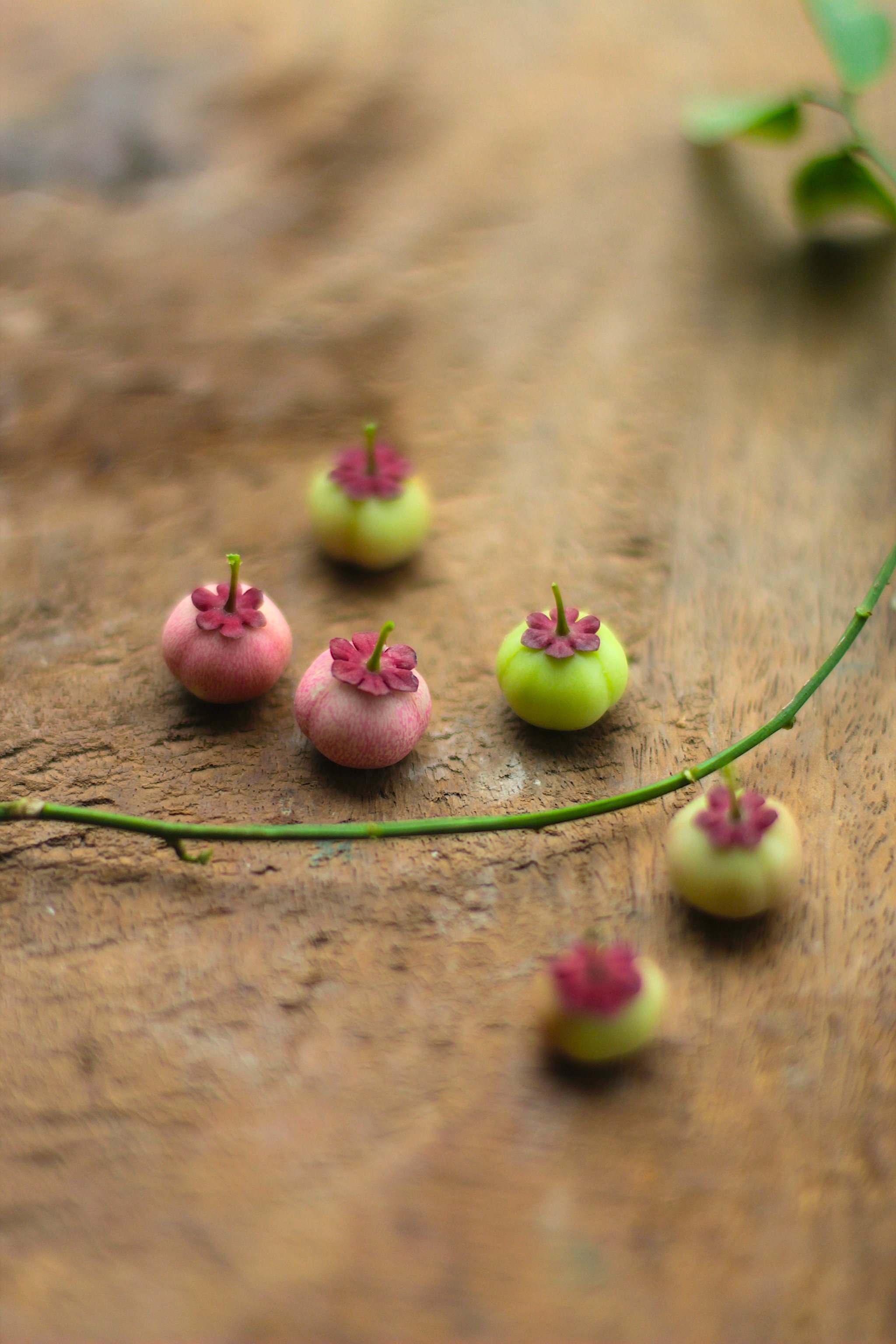
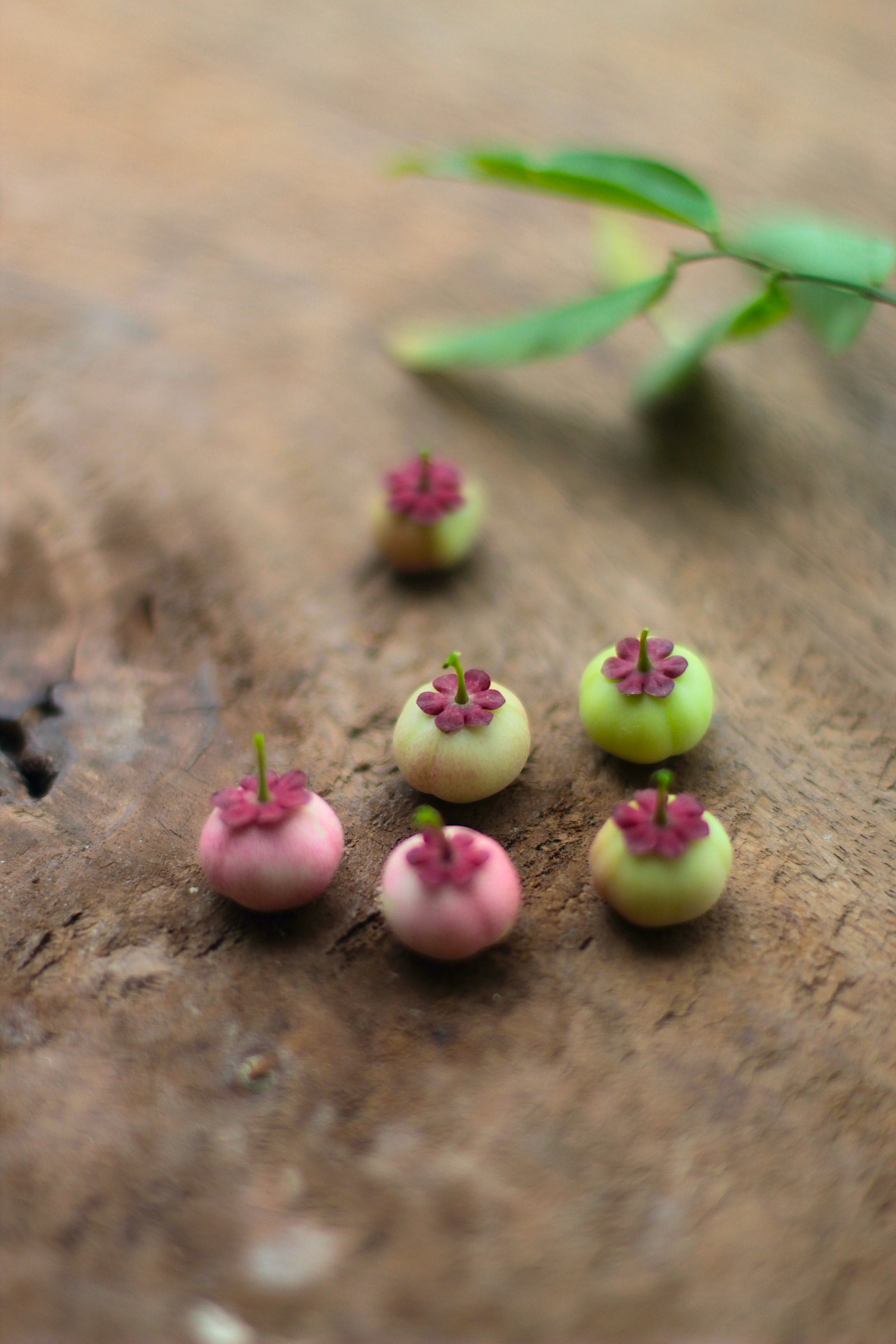
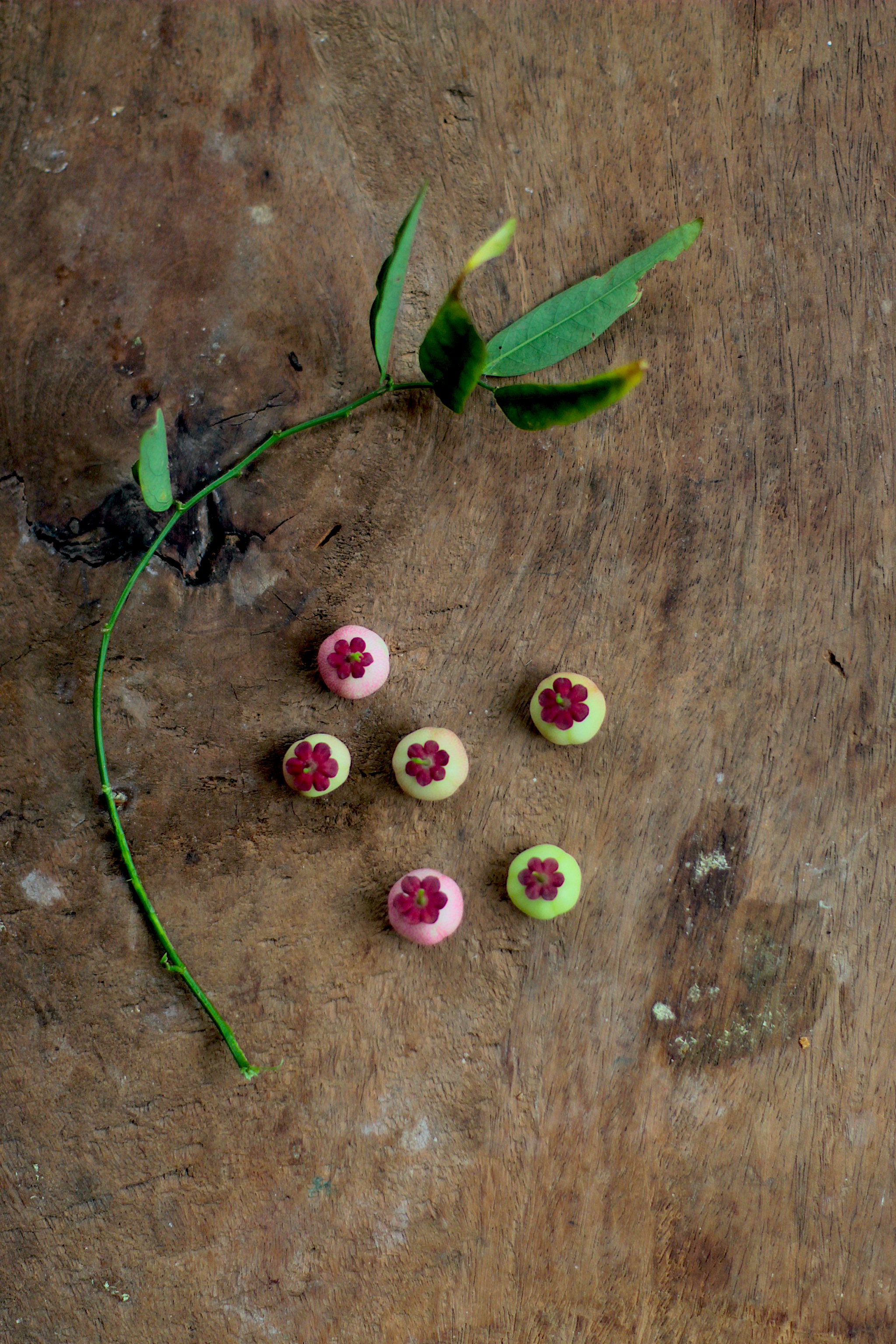
These little katuk (Chakramuni) berries are prettiest berries wearing little fancy hawai hats. Dangling like bells from a canopy of the green Chakramuni, the pink blushing berries taste more like the crunchy Avarekai (hyacinth beans). I could photograph them all day until my eyes give up. The little poppy like flowers suspended below the sprigs on the Katuk make it look like a grand wedding color scheme. The flowering is abundant and I was determined to not trim the branches and finally end up missing the flowering and fruiting. In lieu, we took care of the drooping stems, with long sticks and oodles of support for the twin shrubs, to withstand the stormy weathers of Mandya this season. The rains made way for more lush and bush, including a never co-operating Brahmi plant that finally took off this year like a carpet after a lot of reluctancy all these years.
I’ve always had more penchant towards meals that start with Thambulis. Maybe because it has got to do with a childhood memory of relishing the menthya thambuli that Amma would make on Saturdays in the humid Mangalore conditions after I would return from school. Those were the days where I would just scoop out the ‘thili’ or the thin portion of the rasam or sambar and never touch the vegetables that would be settled the bottom of the patra. Stir fries were an okay-ish thing for me. Eating greens was out of question and it was hard for me to eat even a morsel of lunch in case it was padipe (Red Amaranth) Koddel. To be fair, I think my offsprings are much better than me (when I was their age) when it comes to eating patterns. (..Chuckles) I have even once managed to convince little ‘K’ to eat his curry leaves that he would pick from his food and place at the edge of his plate. Sweet little ‘K’ and his chastity, I’d think, when I intensely miss him at the time he’s off to school.
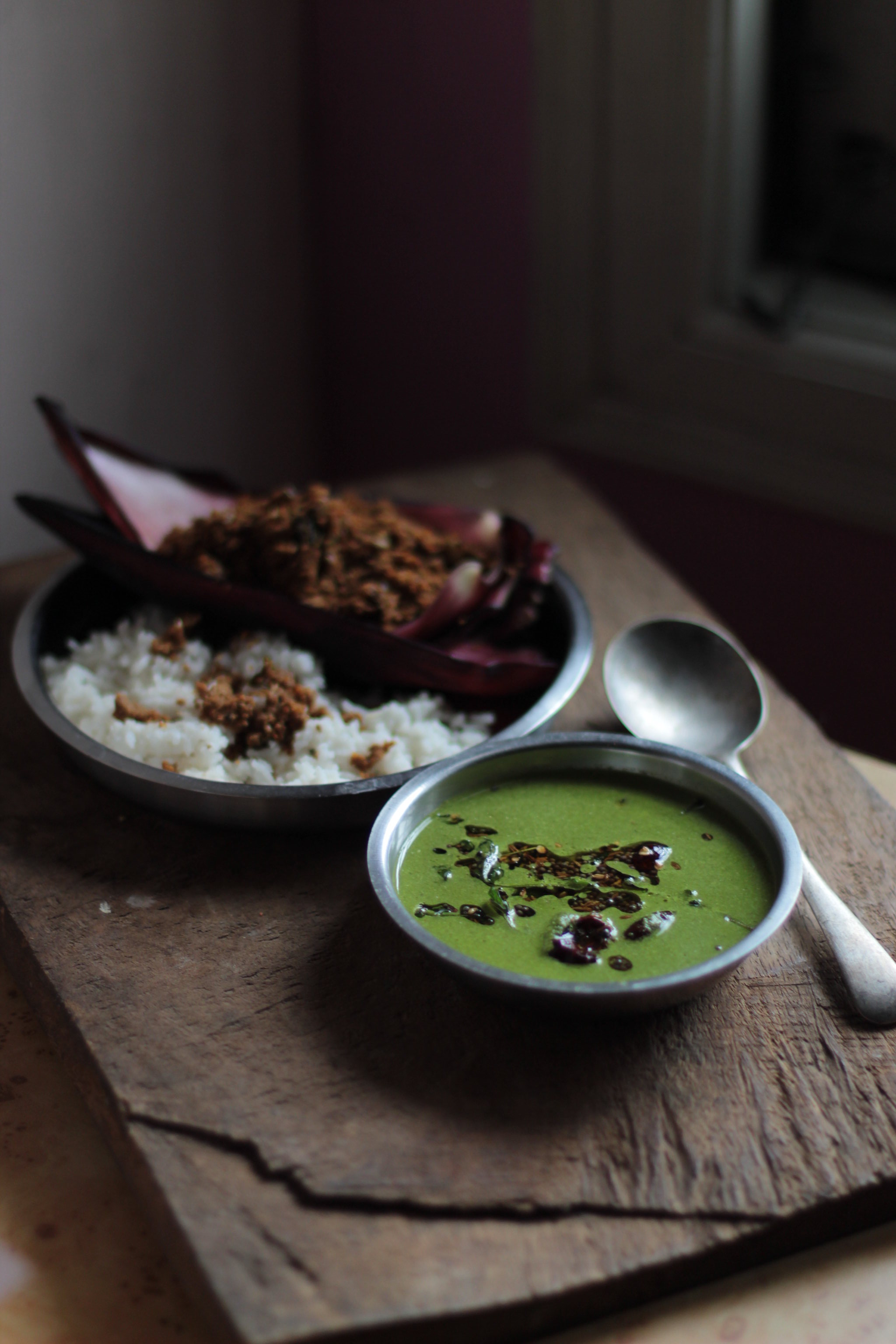


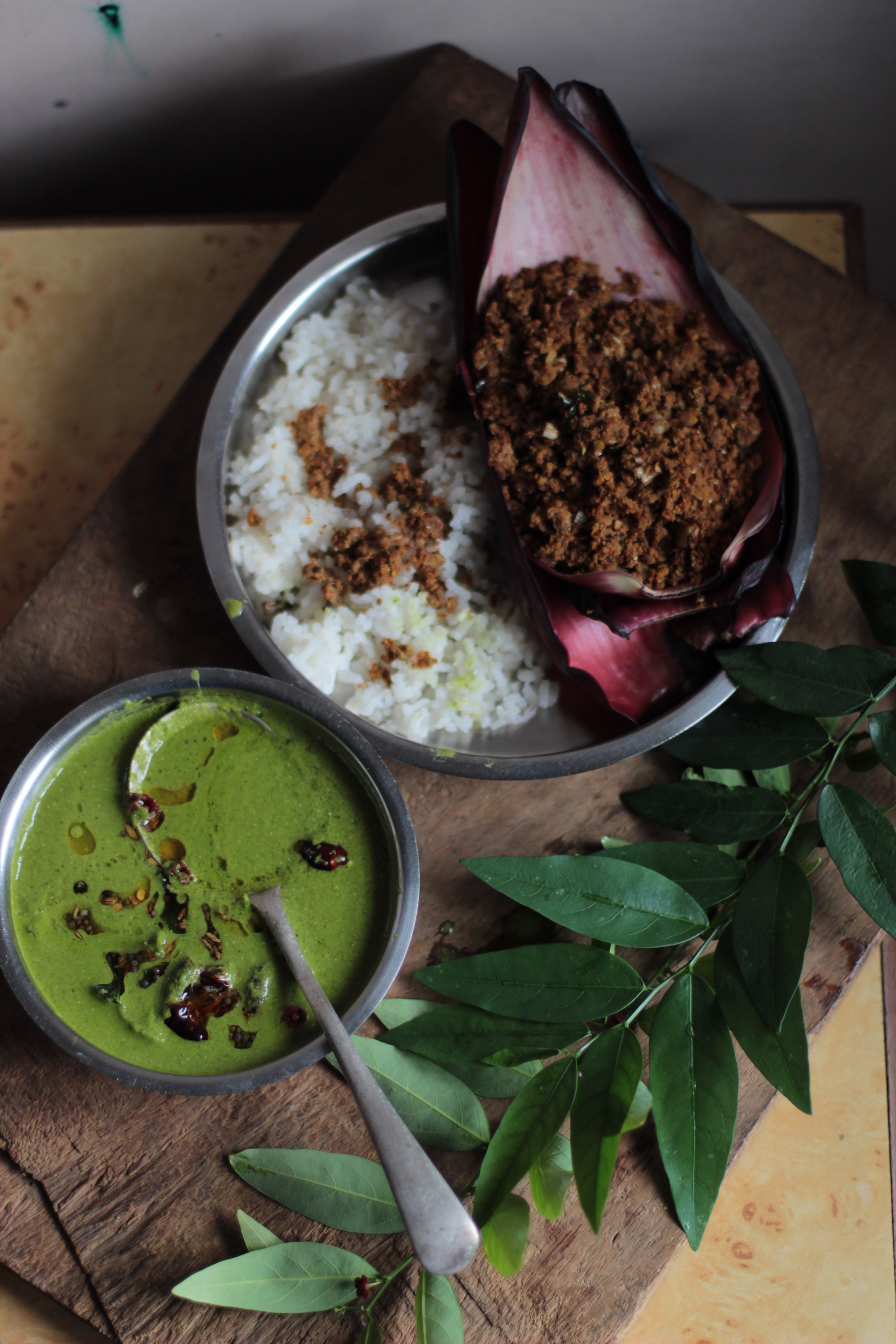


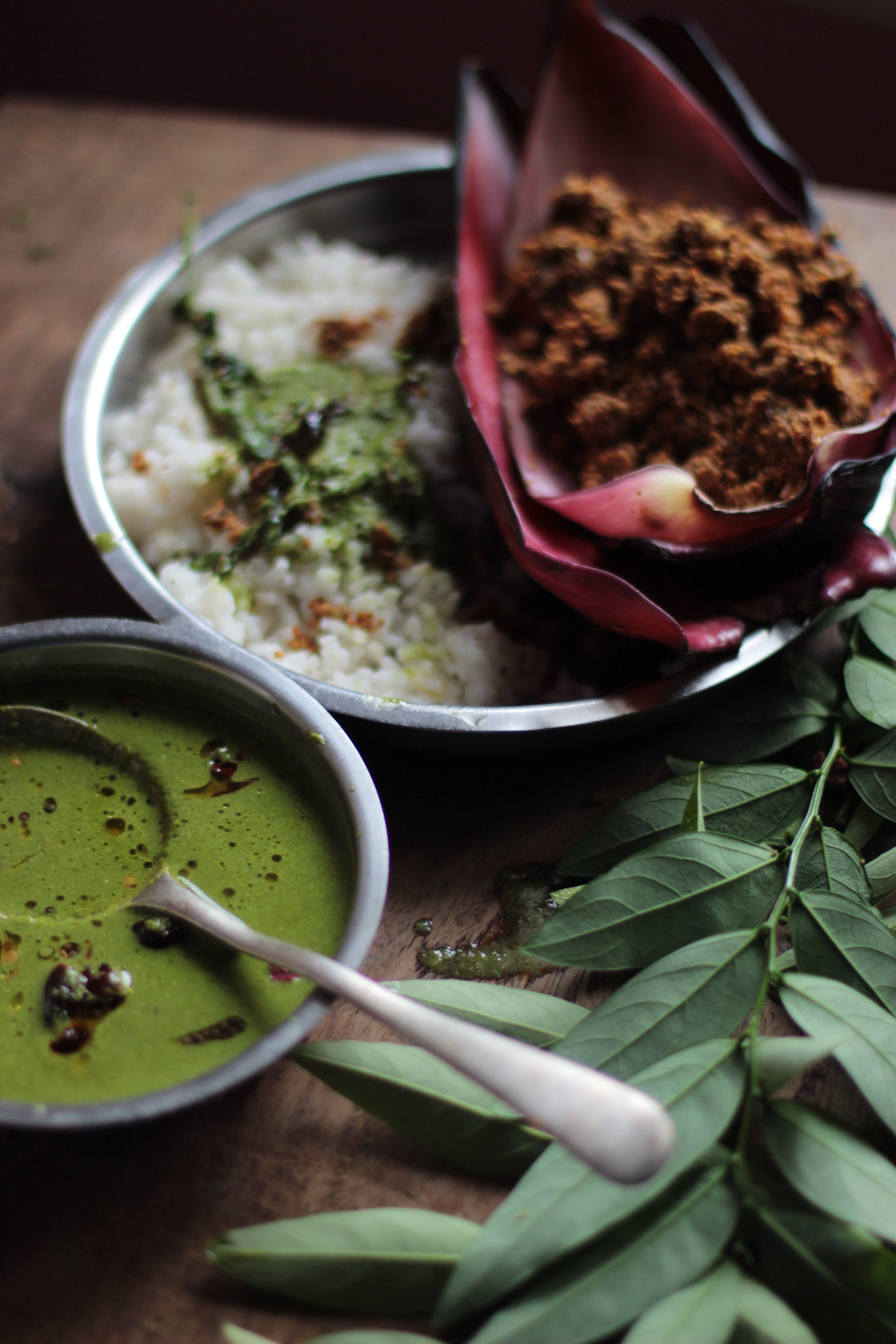
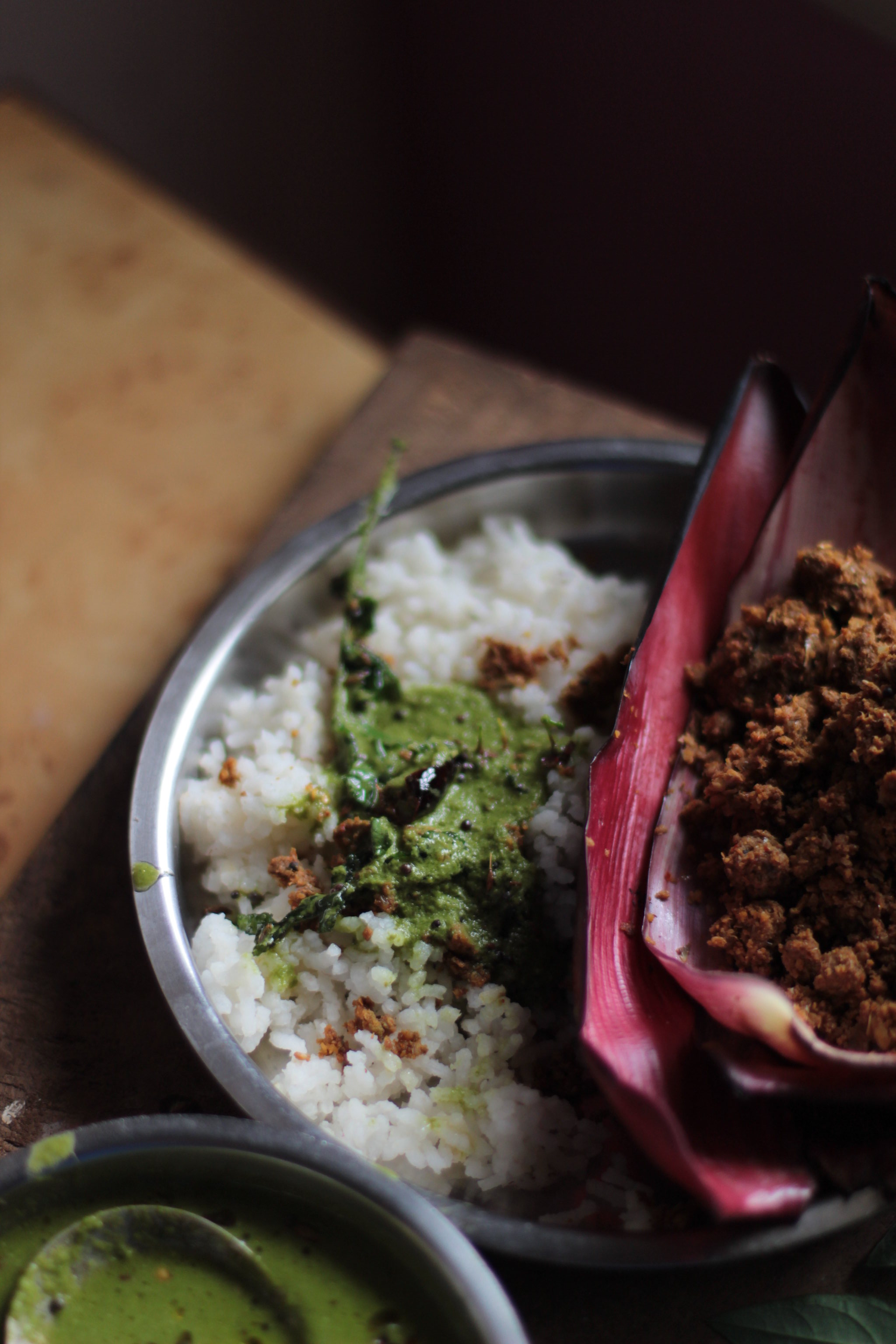
This thambuli just has a spattering of fried Chakramuni leaves, ground coconut, cumin seeds, salt and buttermilk. We had a magenta banana blossom waiting to be plucked and the florets were turned into a beautiful podi to be relished as a side with the Thambuli. Of course, the removal of the pistil, also called ‘Kalla’ in Kannada, from the florets is a slow process, but once the end product is dug into, it feels worthy of all the efforts put into whole process of making the ‘podi’ from Banana blossom.
Chakramuni (Vitamin Soppu) Soppina Thambuli (A woody vitamin leaf vegetable thambuli)
- This thambuli is typically an all season recipe. You can make this specially when you have a spicy sambhar as a main course. Thambulis are ideally fit for the gut health since it uses sour curd!
Ingredients
- 2 tsp – Cumin Seeds
- 1 cup – Sour Yoghurt – (Or a good old sour buttermilk)
- 1/2 cup grated Coconut
- 2 cups – Chakramuni Leaves (Washed)
- 3/4 tsp Table Salt
-
Seasoning
- 1 tsp – Coconut Oil
- 1/2 tsp – Mustard Seeds
- 1/2 tsp – Cumin Seeds
- 1-2 Dry Red Chillies (Byadgi)
Directions
- In a little wok, add a teaspoon of ghee and fry the leaves till they turn crisp. Keep them aside.
- In a mixie, grind the coconut, cumin seeds, a little of the yoghurt and the fried leaves and salt. Grind to a fine paste
- Add this mixture to the remaining yoghurt and mix well.
- Prepare the seasoning. For the seasoning you need to heat the coconut oil in a small wok, and then add mustard seeds. Wait for it to splutter, then add, cumin, dry red chillies and curry leaves. Add the seasoning to the Thambuli. Mix well and serve with rice.


